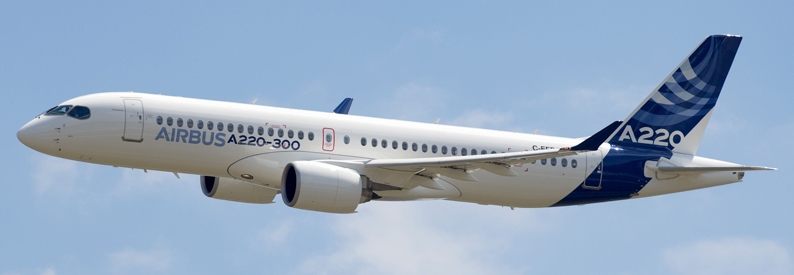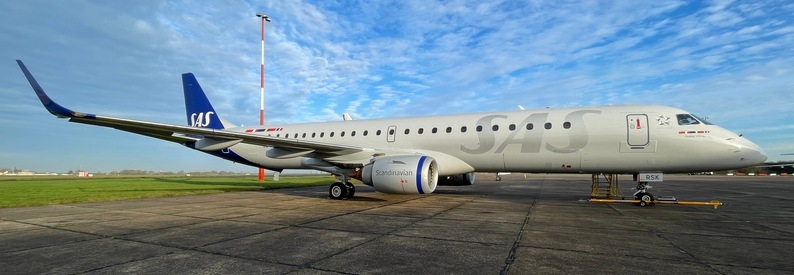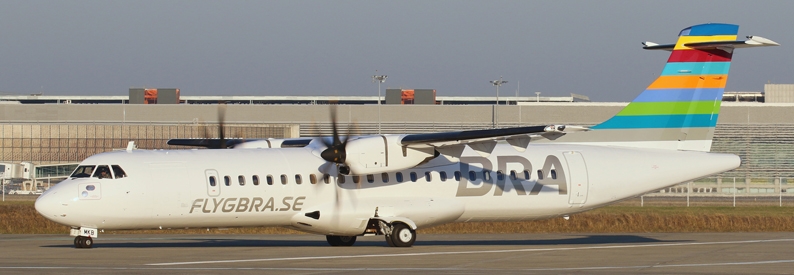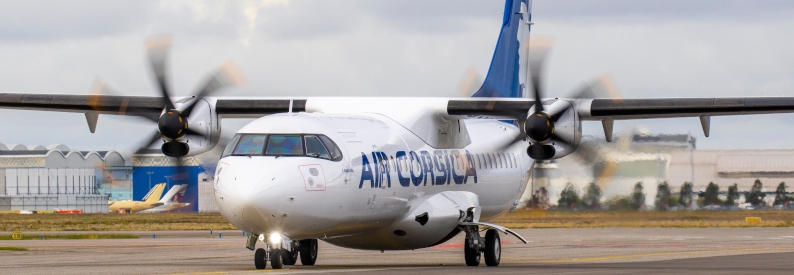Stockholm Bromma operator Swedavia has told Sweden’s Ministry of Enterprise and Innovation that continuing operations at the secondary airport “are no longer justified on commercial grounds” and that capacity could be absorbed by the capital’s main gateway, Stockholm Arlanda.
The impact assessment, whose conclusions the state-owned operator dispatched to the ministry, was based on the commercial considerations of a possible political decision to close Bromma ahead of time. The assessment was carried out “at the owner’s request,” Swedavia said in a statement on September 14.
Swedavia, which operates ten airports across the country, said that both the COVID-19 pandemic and the suspension of services and ongoing restructuring at BRA - Braathens Regional Airways (TF, Trollhättan) had hastened a closure otherwise expected in 2038 when Bromma's lease with the City of Stockholm expires.
“The aviation market is facing an unprecedented crisis. Bromma will most likely have excess capacity due to low traffic volume for a long time going forward. In the long term, the cost of this will be borne by passengers and already-wounded airlines, which we do not believe is possible,” opined Jonas Abrahamsson, Swedavia’s president and chief executive.
If Bromma closes, Swedavia believes that commercial traffic there can be handled at Arlanda in the short term without bringing forward any significant further investments. But in the longer term, more infrastructure investments would be needed, including an additional - fourth - runway at Arlanda.
“The continuation of operations at Bromma is no longer justified on commercial grounds, and consolidation of air traffic in the Stockholm region at Stockholm Arlanda is possible,” said Åke Svensson, the operator's chairman of the board, while stressing that Arlanda must be given “the long-term conditions to develop in line with the needs of society.”
Stockholm Arlanda currently has three runways, the 3,300-metre-long 01L/19R, 2,500-metre-long 08/26, and 2,500-metre-long 01R/19L, but most of the time only two are active.
In terms of connectivity, consolidation could mean that for some parts of Sweden, links to Stockholm would deteriorate, Swedavia said, but other regions would gain better connectivity by bringing together domestic and international traffic at a single airport.
Another conclusion was that the consolidation of domestic traffic could strengthen Arlanda's position in the Nordic region. But higher prices for consumers are likely if the former capacity at Bromma disappears rather than moving to Arlanda.
However, many travellers “perceive that it is faster to get from Bromma to Stockholm than from Arlanda, and so accessibility to Arlanda by train and other public transport needs to be improved in terms of capacity and ticket prices,” the conclusions said.
According to the ch-aviation capacities module, three carriers currently serve Bromma offering just 5,013 weekly seats. Air Leap (Sweden) (Stockholm Arlanda) oeprates a total of 68x weekly departures to Visby, Angelholm/Helsingborg, Malmö, Gothenburg Landvetter, Halmstad, and Ronneby, AirGotland (Visby) flies 15x weekly to Visby, Brussels Airlines operates 3x weekly from Brussels National, and Amapola Flyg operates 5x weekly to Angelholm/Helsingborg, 4x weekly to Malmö and 4x weekly to Visby.
This compares with 38,000 weekly seats in mid-September 2019, according to Routesonline. BRA accounted for 86.6% of the airport’s capacity last year.







Editorial Comment: The list of operators flying from Bromma was corrected. - 28Oct2020 - 22:32 UTC